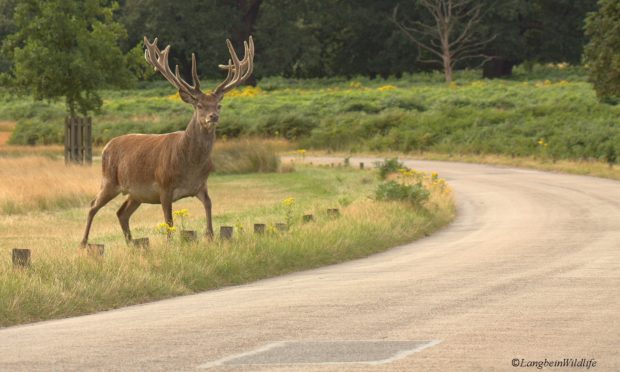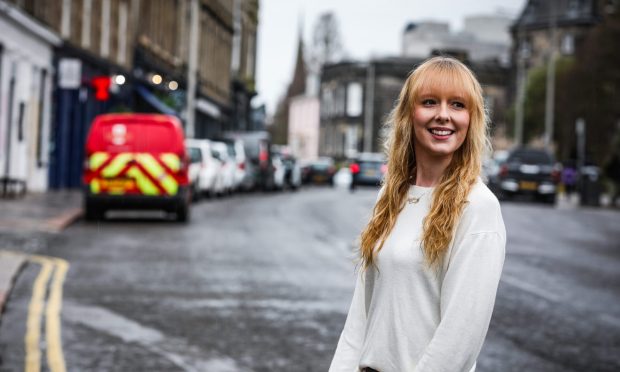Motorists have been warned to be vigilant about deer on the roads following a rise in collisions, particularly in Tayside and Fife.
The number of smashes involving deer usually increases in May and June as young animals look for their own territories.
Growing wild deer populations and an increased number of cars on the roads have led to more collisions. It is estimated there could be 9,000 such accidents each year, with between 50 and 100 people hurt.
Scottish Natural Heritage has urged drivers to reduce their speed.
Jamie Hammond, SNH deer management officer, said: “Particularly in peak times, we advise motorists to slow down and watch for deer crossing roads.
“Be aware that if you’re driving near woods, deer can suddenly appear before you have time to brake.
“If you do hit a deer, report it to the police even if you’re uninjured and your car isn’t damaged, as the deer may be fatally injured and suffering.”
SNH and Transport Scotland are to display warnings on variable messaging signs on trunk roads across Scotland from Monday until June 10.
They will target roads with higher deer strike rates in the central belt and other areas including Kinross, Perth and Dundee.
Dr Jochen Langbein, of the Deer Vehicle Collisions Project, said roe deer in particular were well established in the fringes of many major towns and in city green spaces.
He said: “Although many people think most accidents with deer and vehicles occur on more remote Highland roads, in Scotland at least 40 percent are recorded on A-class trunk roads or motorways.”
Most collisions with deer happen between early evening and midnight and between 6am and 9am.
SNH advised drivers against swerving suddenly to avoid hitting a deer as a collision with oncoming traffic could be worse.
It also said using full beam headlights when there is no oncoming traffic lights helps to illuminate eyes of deer to give drivers more time to react if they are on or near the road, but lights should be dipped if they are spotted to avoid startling them.
Collisions should be reported to police and injured deer should not be approached as they could be dangerous.











